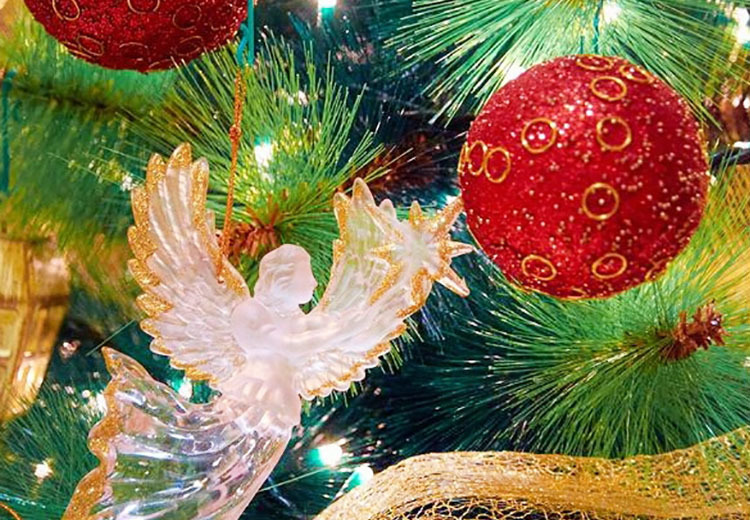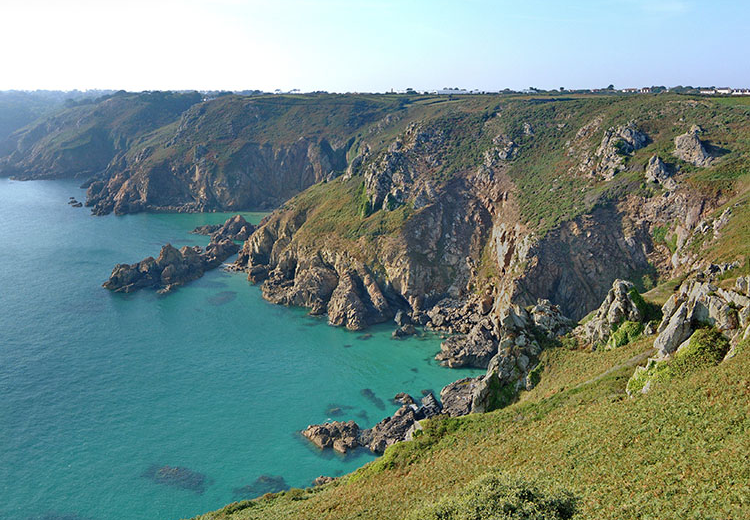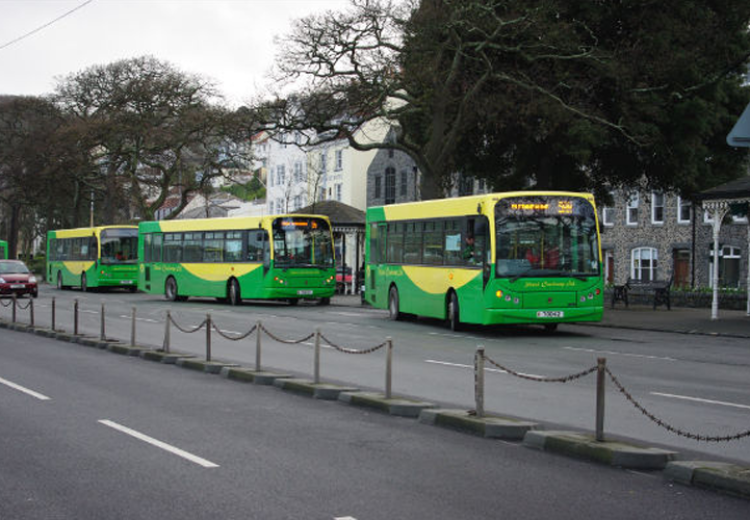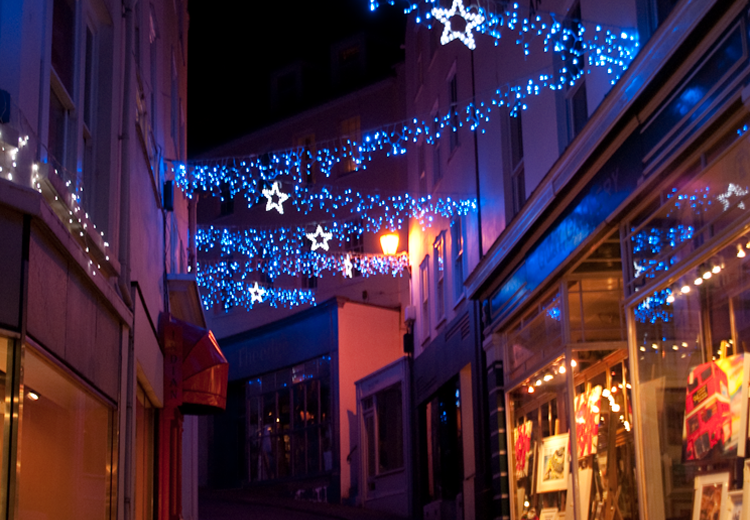Guernsey is divided into ten parishes and St Martin is the second highest on the island, the highest being Forest Parish. The parish borders Saint Andrew to the northwest, Forest to the southwest, and Saint Peter Port on the northeast. Saint Martin also has a very small detachment to the west.
The Parish Church, St Martins de la Bellouse, dates back to the 13th century and is purported to stand on an ancient shrine from which two springs emerged and reputed to have healing properties.
Perhaps related to the spring and this pagan belief is the presence of a standing stone carved to resemble a female figure, which dates to around 4,000 years ago. She is called La Gran’mere du chimquiere (‘the grandmother of the cemetery’) and couples getting married traditionally place garlands around her neck for good luck. She is similar to the carved stone found in Castel but she was later recarved to add what is thought to be a cape and a headdress or hair around 2,000 years ago to resemble Roman clothing, which is perhaps why she was dubbed Julius Caesar's Grand Mother!
Also, the statue has a very obvious crack through her middle where a parish warden, worried about the pagan connotations of the statue, broke her in two. The parishioners objected and cemented her back together. She is now held together by an iron spike and stands outside the consecrated ground of the church.
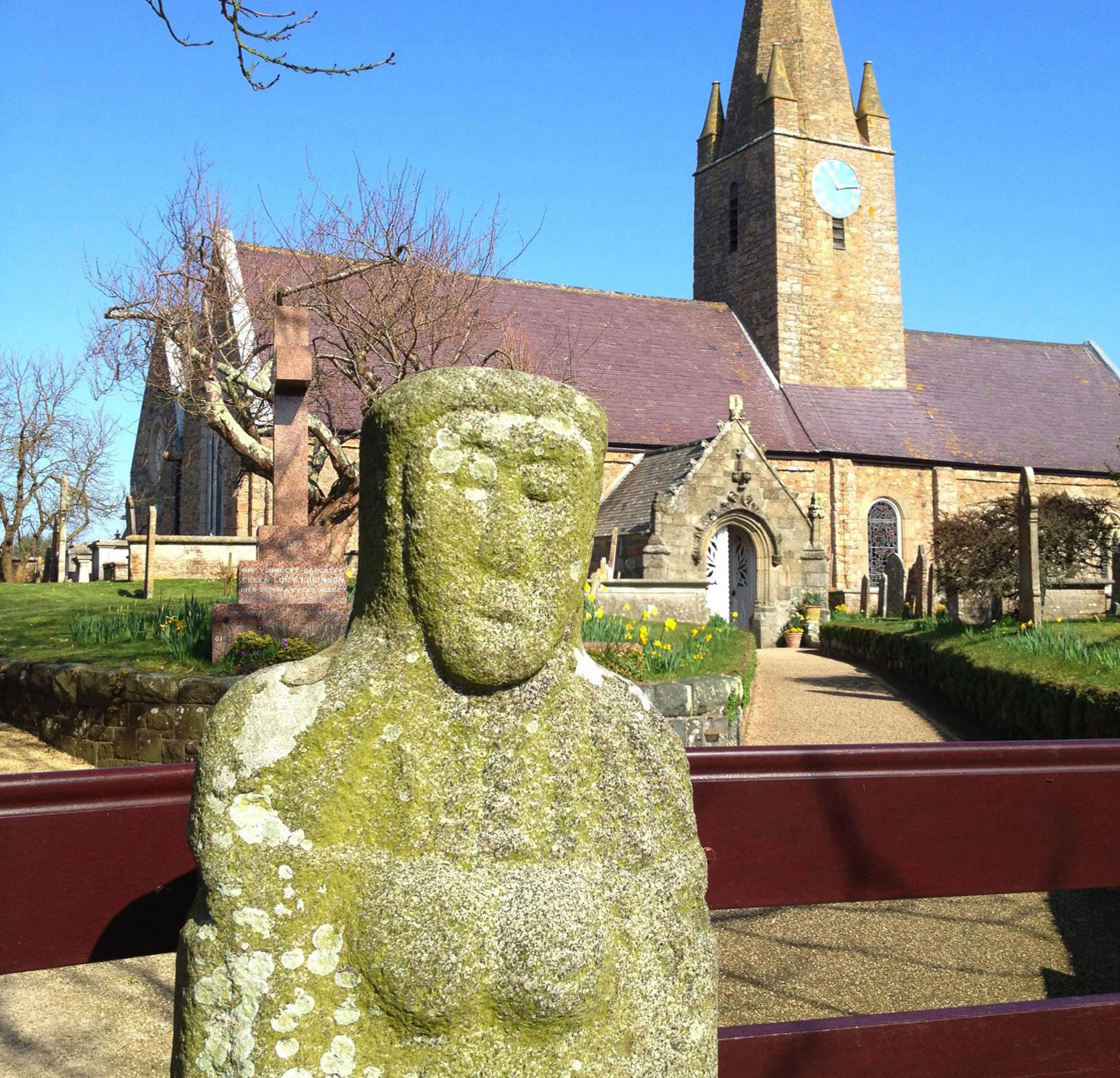
The parish also houses the Island's only current acute hospital, The Princess Elizabeth Hospital, which was featured in the BBC television programme “Island Hospital”. The parish is also famous for the art that Renoir painted in the brief time he visited the island.
Renoir spent a month in Guernsey and painted about 15 pictures, all illustrating views of the bay and beach of Moulin Huet.
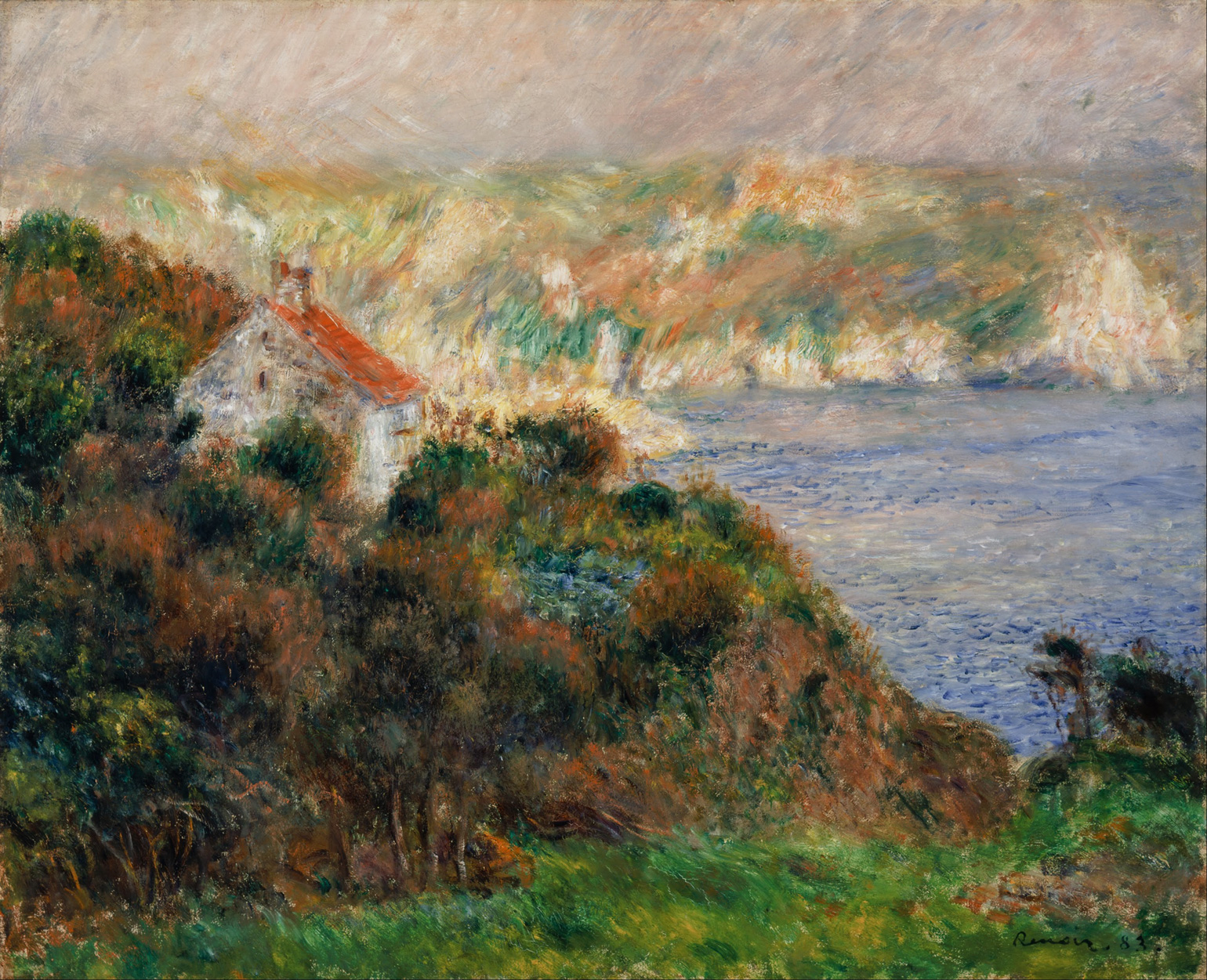
In a letter to a friend, Renoir wrote of Guernsey:
"What a pretty little place! What pretty paths! Superb rocks, beaches such as Robinson must have had on his island. . . ."
There are a number of scenic beaches in addition to Moulin Huet and most are accessed via high clifftops, there are almost 300 steps down to Petit Port, for example. Another bay, Le Pied du Mur, Marble bay to the locals, is also worth a visit for its fabulous views. All are close to Jerbourg Point, also known as Jerbourg Peninsula.
The Peninsula is the south eastern point of the Bailiwick and notable for several reasons, including the Doyle Monument and the folktale Le Petit Bon Homme Andriou. The Doyle Monument stands where a monument was erected to former Lieutenant Governor General Sir John Doyle, in recognition of his contribution to building a road network and, among other things, draining the Braye du Valle. The monument was demolished by the Germans during The Occupation and subsequently replaced by a smaller version in 1953.
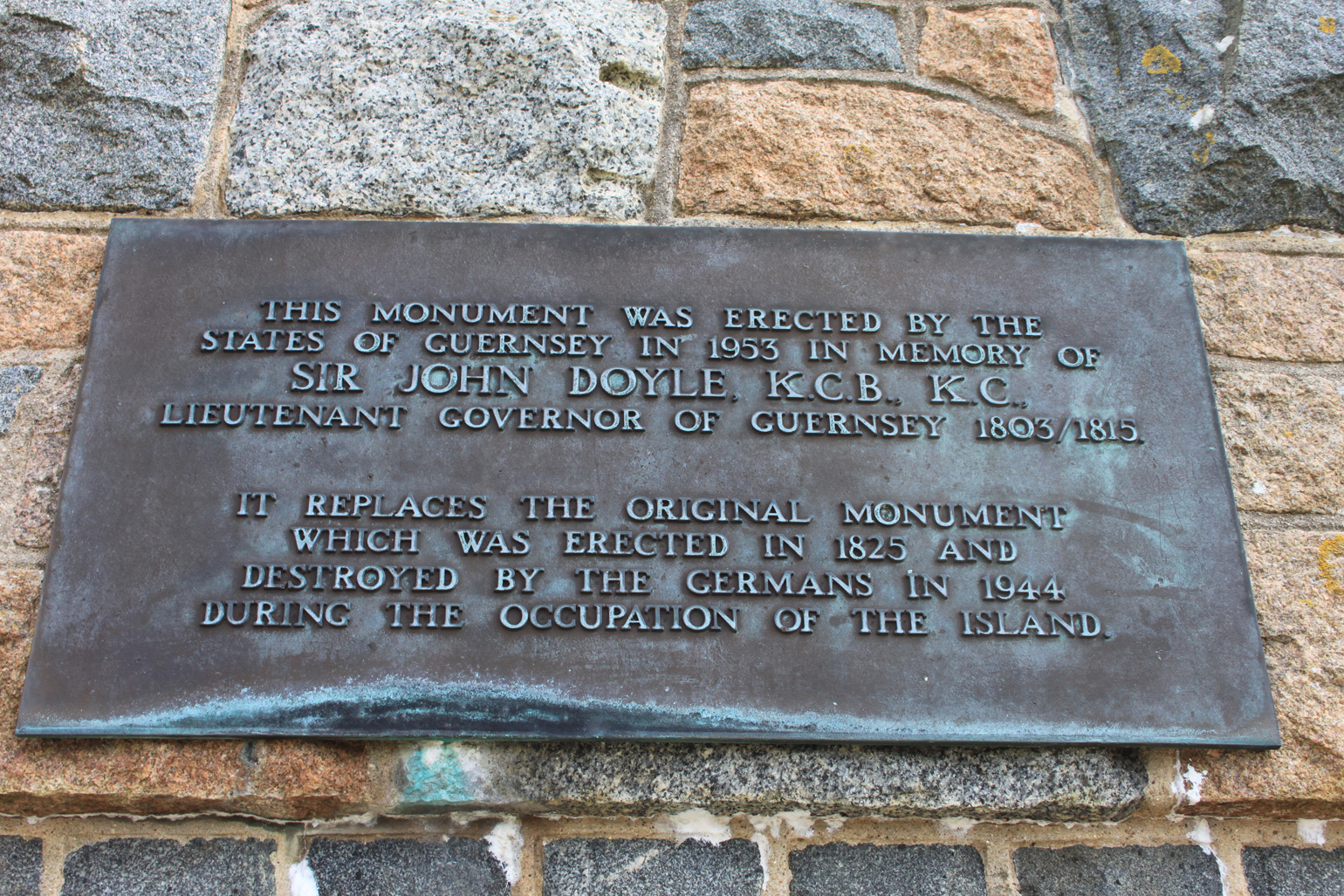
The folk legend of Le Petit Bon Homme Andriou tells of an archdruid who was unwilling to convert to Christianity unlike all of his peers. He retreated to a secluded cave at the peninsula and was often seen to observe ships in the area. On one occasion during a storm he was alarmed to see a ship being pushed towards the rocks. He offered a prayer to his pagan gods which failed to work, he then offered a prayer to the Christian God vowing to convert and build a Chapel to the Virgin Mary. The storm abated and the ship was saved.
The parish is also home to Guernsey’s only stately home, Sausmarez Manor. Sausmarez Manor dates back to the 12th or 13th century and provides the visitor with many delights, including the only trains on Guernsey! The house is also open to visitors and the grounds are home to a thriving farmers market in the summer.



